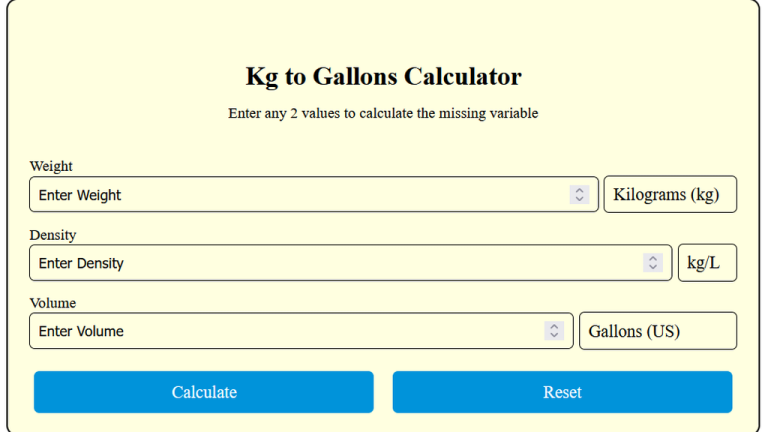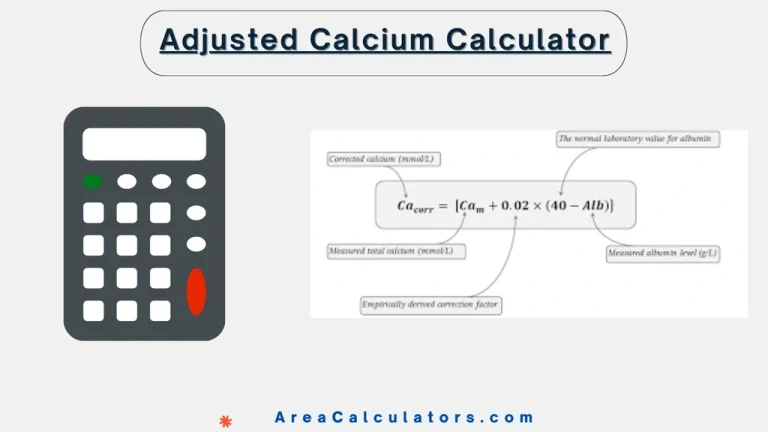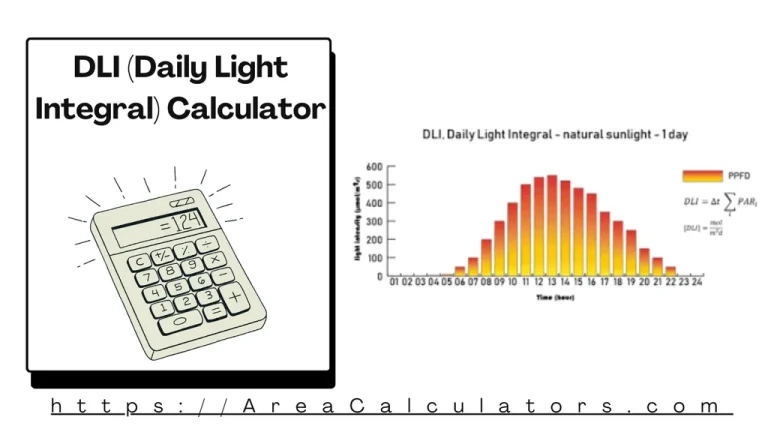Adverse Impact Calculator
To calculate adverse impact, multiply the selection rate of the minority group by 4/5 and compare it with the selection rate of the majority group.
The Adverse Impact Calculator is a critical tool used in evaluating potential discrimination in hiring, promotions, layoffs, or other employment decisions. It is based on the 4/5 rule, which ensures fairness and equity by comparing selection rates of different groups.
Formula
AI = SR(M) ∗ (4/5)
| Variable | Definition |
|---|---|
| AI | Adverse Impact ratio |
| SR(M) | Selection rate of the minority group |
Solved Calculations
Example 1: A company hires 30 out of 100 minority applicants and 80 out of 200 majority applicants.
| Variable | Value |
|---|---|
| Selection Rate (Minority) | 30/100 = 0.30 |
| Selection Rate (Majority) | 80/200 = 0.40 |
| Adverse Impact | 0.30 ∗ (4/5) = 0.24 |
Since 0.24 < 0.40, adverse impact is present.
Example 2: If 20 out of 50 minority applicants are selected and 100 out of 200 majority applicants are selected:
| Variable | Value |
|---|---|
| Selection Rate (Minority) | 20/50 = 0.40 |
| Selection Rate (Majority) | 100/200 = 0.50 |
| Adverse Impact | 0.40 ∗ (4/5) = 0.32 |
Since 0.32 < 0.50, adverse impact is present.
What is Adverse Impact Calculator?
The Adverse Impact Calculator is a specialized tool used in human resources and compliance to evaluate hiring, promotion, or termination practices for potential bias.
It simplifies the process of applying the 4/5ths (or 80%) rule or other metrics to identify disparate impact in organizational decisions.
This calculator works by comparing selection rates between different groups (e.g., by gender, race, or ethnicity) to determine whether adverse impact exists.
For instance, it uses formulas like the adverse impact ratio to ensure that practices are non-discriminatory. Whether you’re analyzing terminations, layoffs, or hiring trends, the tool provides actionable insights.
By leveraging features like step-by-step calculations and exportable reports (e.g., Excel or PDF), organizations can ensure compliance with legal standards such as EEOC guidelines.
Final Words:
To sum up, the Adverse Impact Calculator is a vital resource for ensuring fairness and compliance in organizational decision-making. Its efficient analysis empowers businesses to uphold ethical practices and meet regulatory standards.





